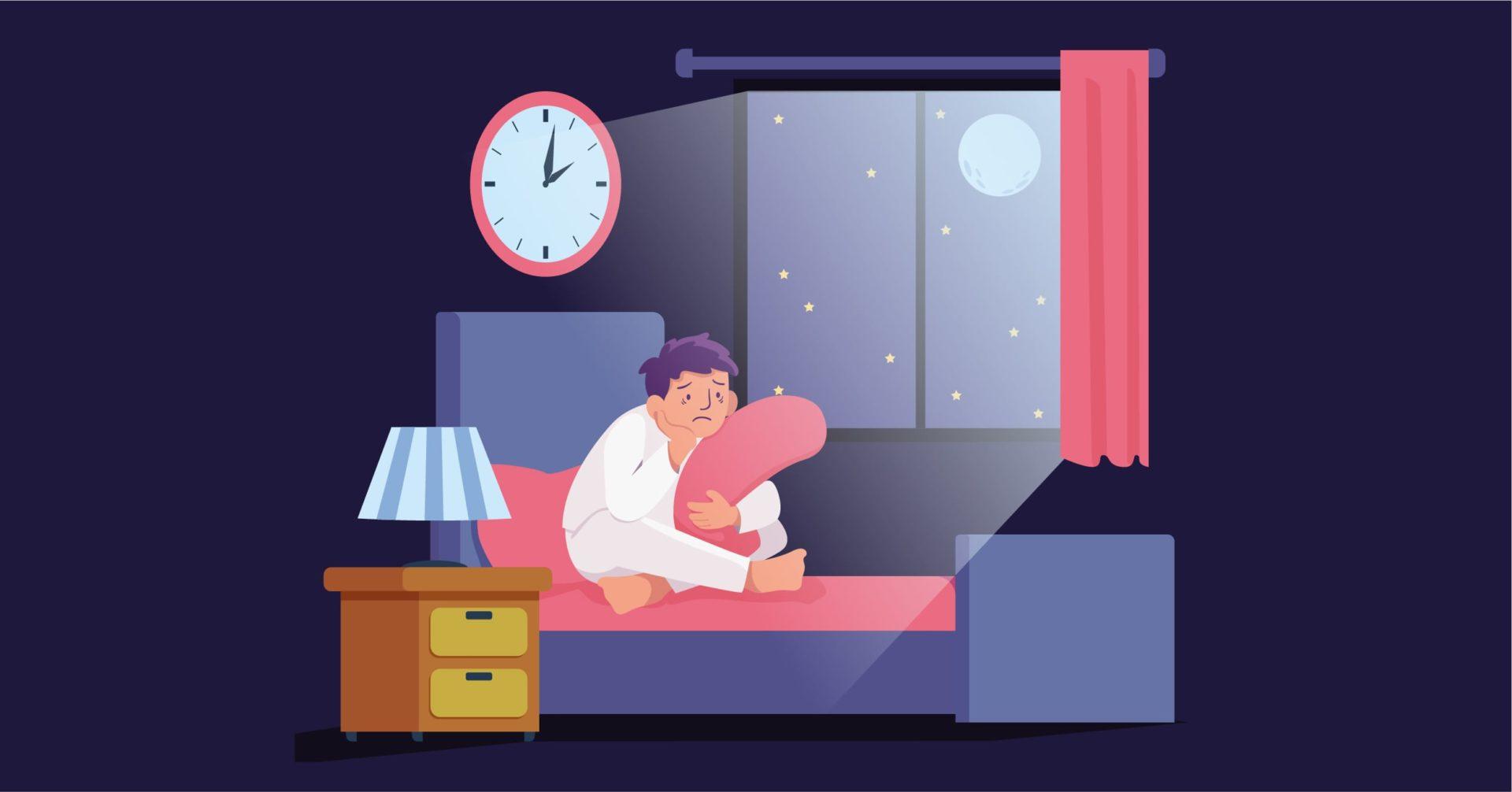Overview
Gender dysphoria is the discomfort experienced by people who don’t identify with their biological sex. Transgender and gender-nonconforming people may experience dysphoria at least once in their lifetimes, but it’s not a necessary phenomenon. Some people may experience it, some don’t.
Earlier versions of DSM listed gender dysphoria as Gender Identity Disorder, pathologizing the identity as the problem. However, the discomfort may impair a person’s ability to function and warrants assistance and help. This is one of the reasons why DSM-5 lists the criteria for Gender Dysphoria.
Common Signs and Symptoms
Typically, discomfort may look like:
- Marked difference between the identified gender and the primary/secondary sex characteristics.
- Strong desire to get rid of the primary/secondary sex characteristics.
- Strong desire for the primary/secondary sex characteristics of the identified gender.
- Strong desire to be of the identified gender.
- Strong desire to be treated as the identified gender.
- Significant distress and impairment in social, occupational and other areas of functioning.
Anxiety, depression and distress faced due social ostracization, rejection from peers and parents is also common.
Gender Dysphoria can have mental & physical implications.
Assess yourself today.
Risk Factors
Associated risk factors include anxiety, depression rising mostly out of the distress of being misgendered, socially ostracised and the fear of rejection from peers and parents. Suicidal ideation/behaviour are also common. Studies show that adolescents with GD may also get involved in risky sexual behaviour.
It should be noted that a lot of associated psychopathology may be stemming from social ostracization and rejected from primary caregivers. In a community related Canadian study based on a nonrandom and adolescence self report measures, it was found that supportive parenting resulted in lesser mental health pathology and lesser risky sexual behaviour.
Diagnosis
A primary health care professional may help in the diagnosis of GD.
The following criteria is often referred to for a diagnosis:
- A strong dissociation felt with one’s own primary/secondary sex characteristics and an association with the sex characteristics of other genders for a period of at least 6 months.
- A strong desire to change one’s primary sex characteristics with the one’s that they identify with.
- A strong desire to be of the gender that the person identifies with.
- A strong desire to be treated of the gender that the person identifies with.
- A strong conviction that one has the typical feelings and reactions of the other gender.
- There is marked impairment arising out of the dysphoria.
Treatment
Treatment options include both medication therapy as well as psychotherapy. Medication therapy may include hormone therapy or sex reassignment surgery. Psychotherapy often focuses on helping people with GD explore their identity and ease the distress.
Typically, the Dutch Model is one of the famous models of treatment for GD. It prescribes medication in case dysphoria intensifies in adolescence, mostly for adolescence beyond the age of 12 years. Puberty suppression with gonadotropin hormone releasing analogs are prescribed to reduce the dysphoria caused due to development of secondary sex characteristics.
This gives time to the adolescents to make informed decisions about sex reassignment surgies and explore their identities in general. Adolescents and adults with persisting GD are recommended to get sex reassignment surgeries.
Additional therapy and medication may be prescribed to help with other coexisting pathologies.
Differential Diagnosis
1. Transvestic disorder: It is occasionally accompanied by gender dysphoria. An individual with transvestic disorder who also has clinically significant gender dysphoria can be given both diagnoses.
2. Body dysmoφhic disorder: When an individual’s presentation meets criteria for both gender dysphoria and body dysmorphic disorder, both diagnoses can be given. Body dysmorphic disorder focuses on the alteration or removal of a specific body part because it is perceived as abnormally formed
3. Schizophrenia and other psychotic disorders: In schizophrenia, there may rarely be delusions of belonging to some other gender. In the absence of psychotic symptoms, insistence by an individual with gender dysphoria that he or she is of some other gender is not considered a delusion. Schizophrenia (or other psychotic disorders) and gender dysphoria may co-occur.
4. Other clinical presentations: Some individuals with an emasculinization desire who develop an alternative, nonmale/non female gender identity do have a presentation that meets criteria for gender dysphoria. However, some males seek castration and/or penectomy for aesthetic reasons or to remove psychological effects of androgens without changing male identity; in these cases, the criteria for gender dysphoria are not met.
Comorbidity
Clinically referred children with gender dysphoria are prone to anxiety, disruptive and impulse-control, and depressive disorders. Clinically referred adolescents with gender dysphoria appear to have comorbid mental disorders, with anxiety and depressive disorders being the most common.
As in children, autism spectrum disorder is more prevalent. Clinically referred adults with gender dysphoria may have anxiety and depressive disorders.
Specialists
A primary care provider, a clinical psychologist and queer affirmative therapist may be able to help with GD.
In Conclusion
Daily activities are just one of the many facets of life that gender dysphoria can impact. People who experience gender dysphoria may struggle in school because they feel pressured to dress in a way that corresponds with the sex assigned to them at birth or because they are afraid of being bullied or teased.
Discrimination is another common problem for those with gender dysphoria, and it can be stressful. Because of the stigma associated with seeking out medical care and mental health services, as well as a shortage of skilled caregivers, this can be a challenge.
Without gender-affirming care, adolescents and adults with gender dysphoria run the danger of contemplating or actually trying suicide.
Book your therapy sessions if you are uncomfortable with the gender assigned to you at birth.





